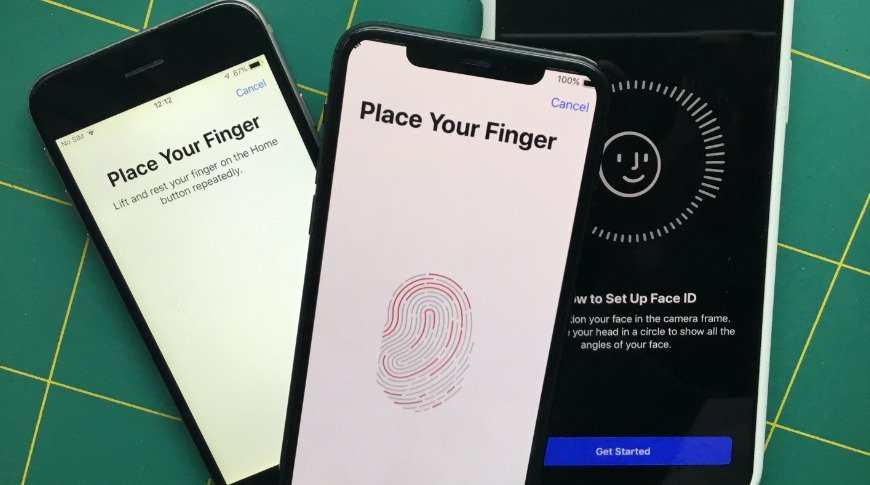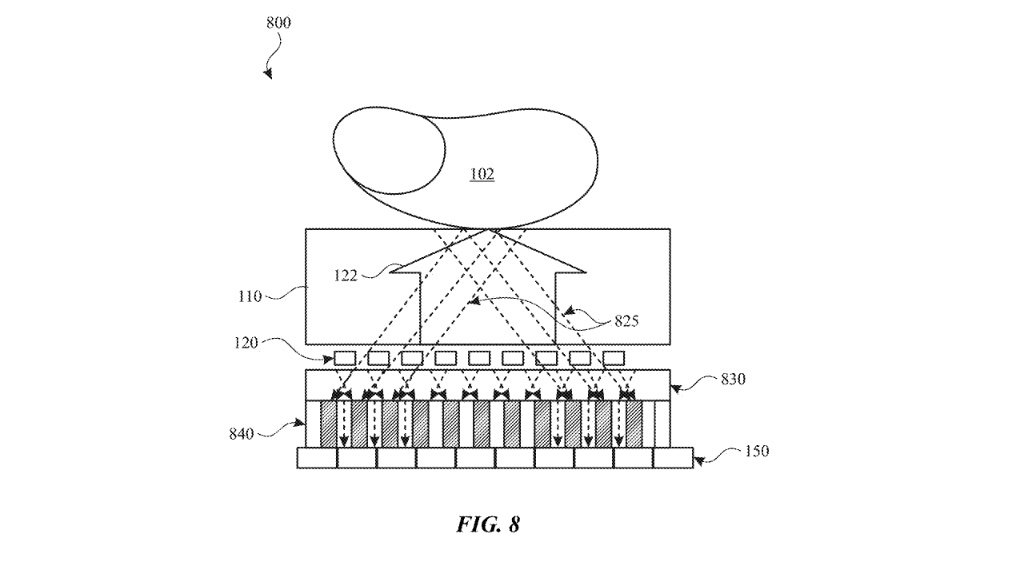Apple is working on new fingerprint sensing technology that could work through an iPhone display by taking advantage of off-axis angular light.
The company has been working on various types of display-embedded fingerprint technology, include capacitive systems and ultra-sonic sensors. Current reports suggest Apple is planning on re-introducing Touch ID on a future iPhone.
In a new patent application, Apple hones in on optical fingerprint sensing that uses light — rather than ultrasonic vibrations — to read and analyze a fingerprint. The new patent application details a new method using reflected light specifically.
As the patent points out, the technology deals with some of the issues with light-based fingerprint sensors. Namely, it mitigates problems with light reaching enough of the fingerprint for a clear reading, as well as problems with light diffraction.
Apple explains that, by capturing off-axis angular light, the method could "improve the contrast of fingerprint impressions and maintain the compactness of the entire sensing system."
"For certain objects, oblique light forms stronger imaging signals than light that is normal to the imaging plane. For example, a fingerprint-sensing system/device with multidirectional illumination, such as an under-display fingerprint-sensing device may utilize oblique angular filters to capture the stronger signals to enhance image contrast," the patent reads.
In one implementation of the patent, Apple could embed a light-emitting layer covered by a transparent layer to illuminate a surface. Underlying layers in this configuration could include a grating layer, a collimator layer, and a pixelated image sensor.
The grating layer would bend the reflected light to create oblique light. From there, various apertures and the collimator layer could process the received light spatially. Then, an image sensor could further analyze that processed light. Another method includes Fresnel prisms or blazed gratings to rebind the oblique light rays into straight light rays.
All of these methods would create a fingerprint reading system that could work reliably through a display, but not take up too much internal space within an iPhone or another device.
The patent lists Ting Sun, Mohammad Yeke Yazdandoost, Bosheng Zhang, Marduke Yousefpor, and Kathrin Berkner Cieslicki as its inventors.
Apple files numerous patent applications on a weekly basis, so patents are a poor indicator of when or if a particular feature or technology will actually make it to market.
 Mike Peterson
Mike Peterson








-m.jpg)






 Charles Martin
Charles Martin
 Malcolm Owen
Malcolm Owen
 William Gallagher
William Gallagher

 Christine McKee
Christine McKee
 Wesley Hilliard
Wesley Hilliard

 Andrew Orr
Andrew Orr







8 Comments
If it makes my fingerprints readable enough for Touch ID to actually work, I'm all for it.
If you're not one of the 3% or so with effectively unreadable prints, you don't know how much of a benefit Face ID is. Getting TSA Pre-check took about 10 tries to get my prints to register.